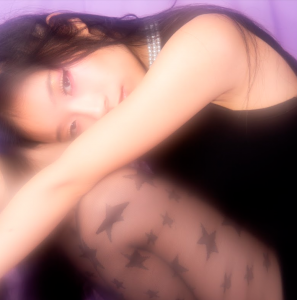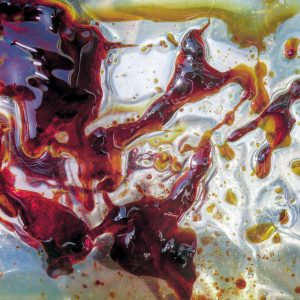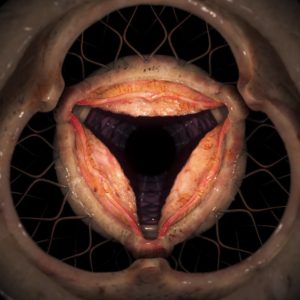Despite being a younger and smaller scene than those in more established centres, underground nightclubbing in China has been attracting increased attention worldwide over the last five years. Overcoming increasing government interference, the scene in Shanghai and Beijing in particular has been evolving its own unique sound and aesthetic. It’s one that’s led by clubs like The Shelter, DADA, ALL and OIL, musicians including Tzusing, Howie Lee, Hyph11e, Scintii and Swimful, and labels Do Hits, SVBKVLT and others. The electronic music coming from these key players, and beyond, is one that’s completely its own, with samples taken from film and field recordings, linking global tastes with local cultural markers, old and new.
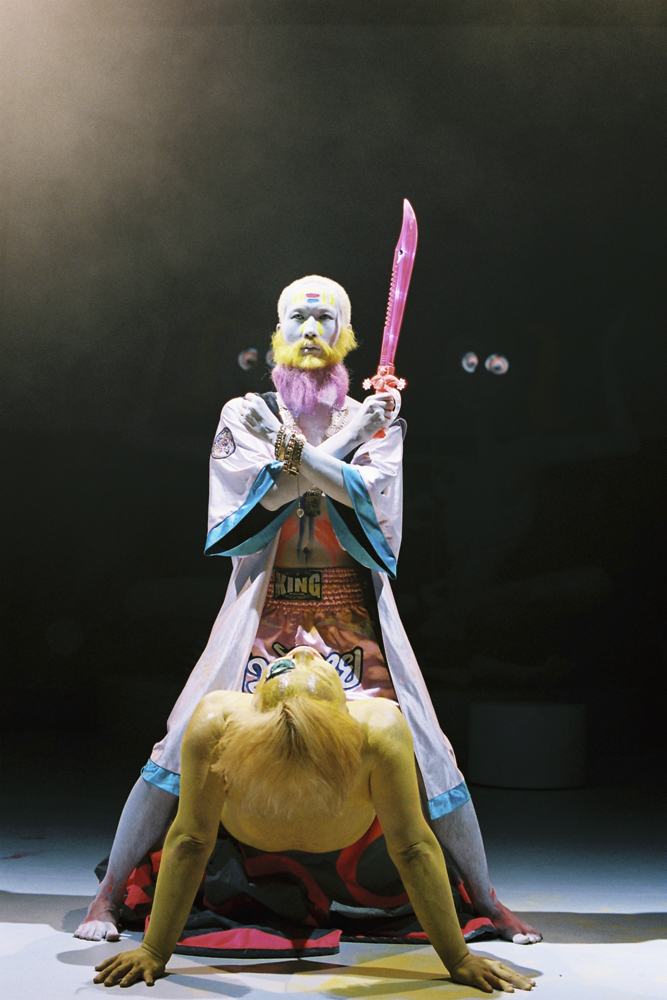
The clubs in these two most populous cities in the world, as well as southern technology hot spot Shenzhen, have sought to redefine the boundaries of nightclub interiors away from the bare concrete boxes and industrial planes of Europe to more interactive spaces, with lights, screens, art installations, and myriad USB and smartphone-ready sockets. It suggests a different relationship to technology, following two decades of European and North American facsimiles of techno and house, what appeals now is a stalwart desire for individualism in approach, sound and vision. Now, numerous China-based musicians and labels, as well as more high-quality clubs, have joined the come up. Visual artists have played a part by contributing to the creation of a unique and multifarious aesthetic, offering the rising club scene a visual identity. This often both reflects local sounds, while also acting as inspiration for aural directions. There are a number of these idiosyncratic visual artists orbiting the rapidly-evolving terrain of club culture in China worth exploring.
Here are just a few of them:
A loose collective of musicians, performers and visual artists orchestrated by artist Tianzhuo Chen beginning in 2015. Their live events, hugely popular club nights, fashion label and publications are all marked by an aesthetic that is built on giving a kitsch, digital glean to totemic symbols, including hybridising and deforming ‘Asian’ iconography, whether Tibetan mandalas, Hindu deities or Japanese butoh performances. After live performances across Europe, including the ritualistic ‘An Atypical Brain Damage’, first performed at steirischer herbst and soundtracked by young Berlin-based remixer, producer and DJ Dis Fig and an earlier, much-lauded show in the well-known gallery Long March Space in Tianzhou’s Beijing hometown, Asian Dope Boys are now planning to extend their clubnight series outside of China to Europe, Japan and beyond.
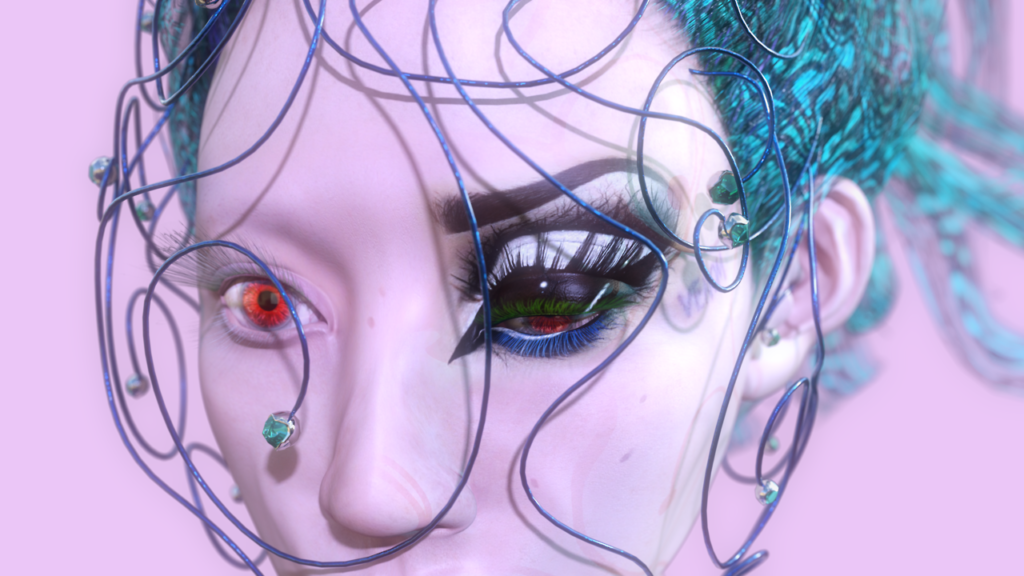
A visual artist as well as a DJ, Wang NewOne’s surreal artworks often focus on polymorphic, androgynous, humanoid forms covered in wires and sporting mechanical eyes.; Tthe viewer is presented with fantasies of a pleasant, colourful future with glistening, playful monsters, beautiful robot life and bountiful vegetation. The inquisitive and unthreatening characters in her videos are as interested in us, as we are in them. As well as creating posters and artwork for China-based DJs and producers, in some videos, the connection to nightclubs is made more explicit. At the end of a recently-released unnamed video collaboration with fashion Instagrammer xanthousebae, the screen flashes black and uranium-green in time to the video’s four-by-four bass soundtrack. There are clear links to the sickly-sweet DJ sets that Wang NewOne performs with the accompaniment of her visuals, which veer between the thumps of trap bass and high-pitched Japanese and Chinese vocals.
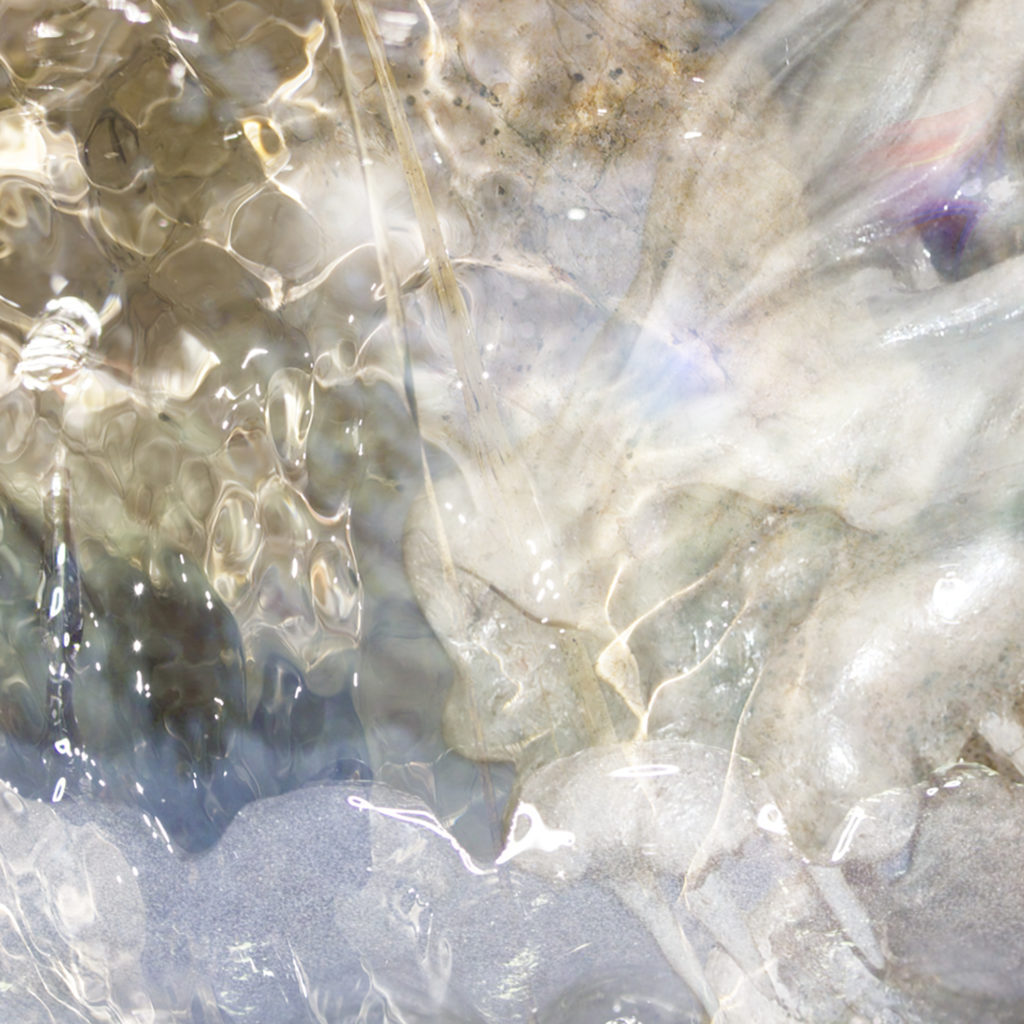
Genome 6.66Mbp has quickly become one of the freshest, left-field club music labels globally. Their aesthetic vision — marshalled by label founder Tavi Lee — veers between morbid darkness and eerie, bubble gum pink mechanics. The label and club night recently hosted Retina Set at ALL club, released Organ Tapes’ latest album, Into One Name, a new five-track EP from 7038634375, and their second compilation.
On chatting to Lee over the omnipotent Chinese messaging app, WeChat, she emphasised that there are two keys to arriving at artwork for new releases or digital party flyers. Her own feelings and experiences, and “following the feeling of the music.” On a more specific point, Leei agrees that there were also connections between her artwork and the many photos of mist-shrouded landscapes that she posts on social media. Her semi-abstract visuals seem also to point to the disorientating and disconcerting elements of China’s biggest metropolises, while also picking up on some of the more positive otherworldly, ethereal qualities of these same elements. These characteristics, at alternative poles of feeling, can also be applied to the music that the label releases.
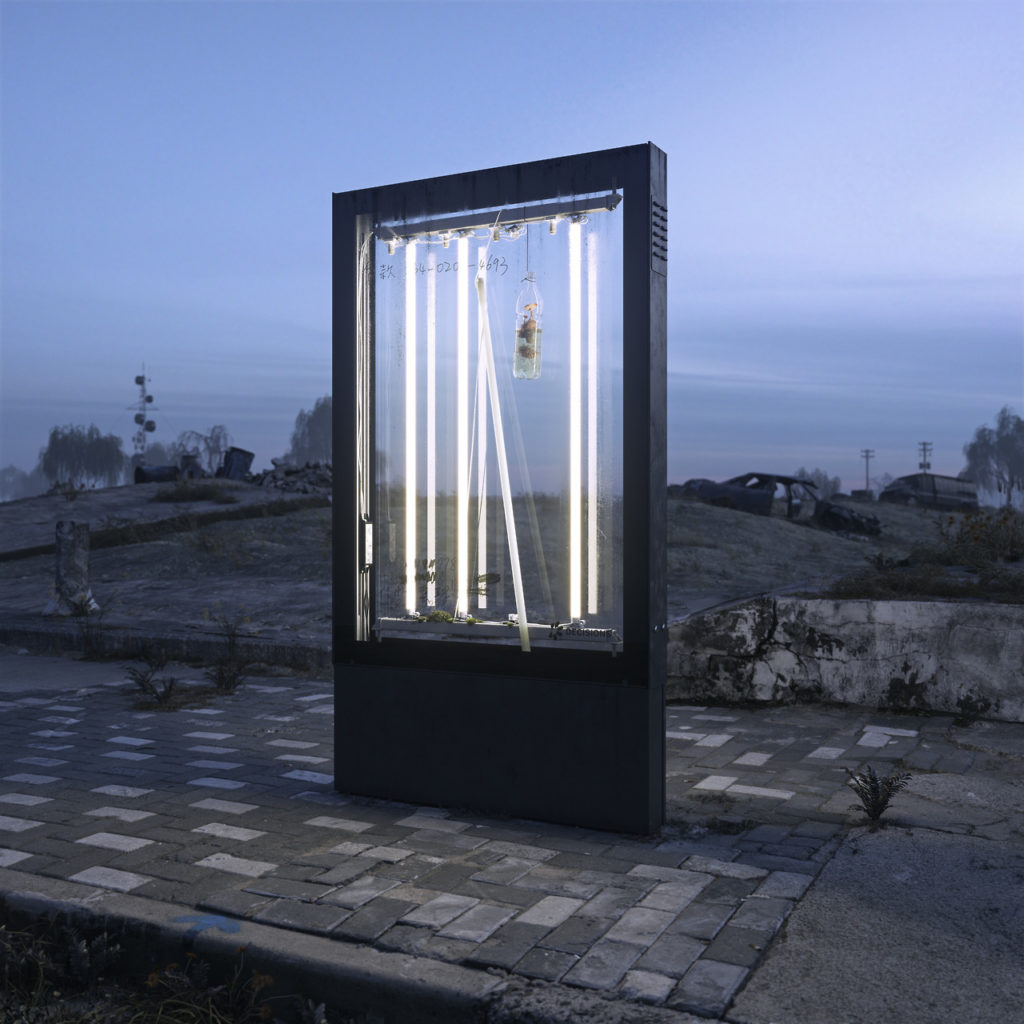
Likely the most well-known artist on this list, Kim Laughton’s CGI creations have accompanied multifarious live and DJ performances at Shanghai’s ALL Club and beyond, while he also creates temporary physical installations for club environments. A recent playable video accompanied the rebirth of TCF’s long-dead alias Craxxxmurf, where a Smurf sits centrally in a barren wasteland, rocking back and forth, surrounded by the litter of countless empty Monster energy drinks, buttons on the gamepad allow us to change angles and adjust the laser lighting. For this video and many others, Laughton made use of game design programmes Unreal and 3ds Max, and modelling programmes Substance Painter and Mudbox. The playable video stands as an interesting affront to those tiring but ubiquitous arguments about revellers using their phones too much in nightclubs: why go backwards in nightclubs when we could go forward? Laughton also pushes this future-forward approach in his nightclub design work, both at ALL in Shanghai and OIL in Shenzhen. His visual work is as inextricable from China’s underground electronic music scene as that same club scene is inseperable from his work.

W.O.M.B combines CGI and found footage to create videos which often feel strongly situated in China. For one of his latest projects, he created a video flyer and video backdrop for a club night organised by Shanghai Community Radio, the burgeoning multidisciplinary collective of which W.O.M.B is also a member. In the online flyer, on a phone floating in a dark, digital space, the WeChat app opens and we are lead to a video of someone covering a Lazy Susan with flames. For W.O.M.B, who finds much of this footage in WeChat groups where strangers connect over shared interests of almost anything. “Some of these aspects of the real world, because 3D is often too perfect and too clean,” he writes over WeChat “It’s also quite disjointed from the real world, so I try and bring the two together.” On the name Wifi Over My Body, he says, “It ignites this really vivid imagery of someone being infected with information and content, which is what is kinda happening to all of us now. W.O.M.B is kind of just like my little micro universe. It’s a dark dense cave of information.”**
